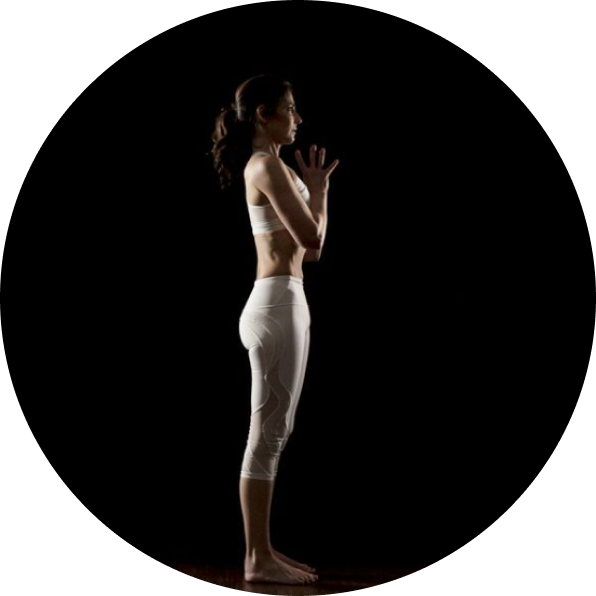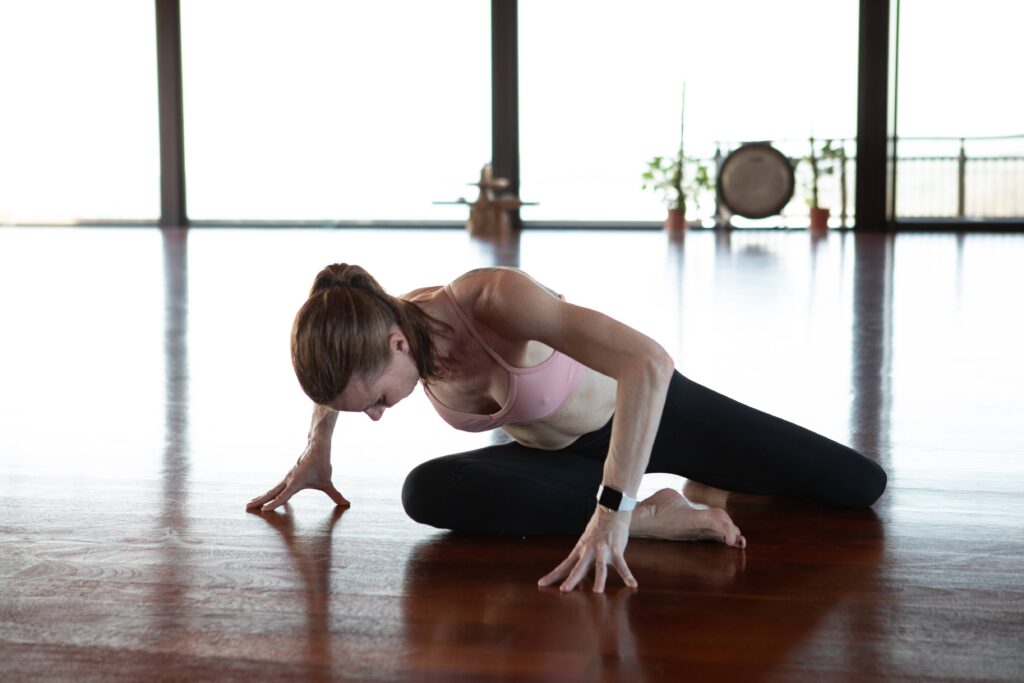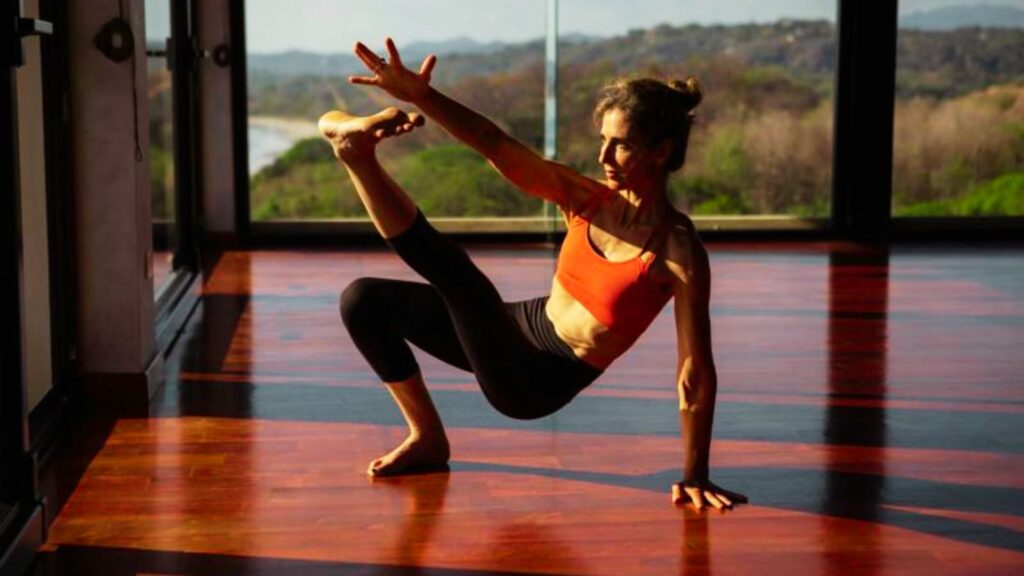by Kristin Williams, PT, DPT
When I started college, I had no idea what a physical therapist was or what they did. Sure I’d had some injuries in high school, but nothing that required rehabilitation. It wasn’t until I started having recurring injuries in college track and began seeing multiple athletic trainers and orthopedic doctors that I finally landed myself in a physical therapy clinic…and completely changed the trajectory of my life. I love being a physical therapist. I love that I can help heal peoples’ injuries and get them back on their feet the same way a PT many years ago did for me. But one of the things I love the most is knowing how to care for myself and not feeling helpless after an injury because I’m confident in the body’s ability to heal itself through self-administered therapeutic interventions and good movement. As a result, I have less fear of when pain happens in my own body.
Over the years, I’ve found that fear secondary to pain is one of the biggest limiting factors in one’s ability to recover after an injury. This fear can include wondering whether it will end, what is causing it, how much damage there is, and if the movement will make it worse. These thoughts, beliefs, and expectations are important modulators of pain and can significantly affect one’s recovery from injury. While many people consider pain to be a physical response from the body, it is actually a response from the brain with both sensory and emotional components. When the brain processes a noxious stimulus from the body (sensory input) like a sprained ligament or torn muscle, how we experience that pain is shaped and influenced by previous experiences and how we react to them (emotional input). Anxiety, fear, and hyperfocusing on one’s symptoms can increase pain, while positive expectations and emotions can decrease pain. So one of the first things I tell my patients and myself after an injury is that it’s going to be okay. The body has an amazing ability to heal itself if we just put it in the proper environment to do so.
Once we develop a more positive relationship with pain after an injury, we can consider it simply information from the brain. It’s our body’s way of telling us that something we’ve been doing isn’t working for this area of our body and we need to make a change. In many cases, that change does not include stopping everything altogether. Unless a bone is broken, I rarely recommend complete rest. Let pain or an injury be your opportunity to look closely at the way you move. Some simple strategies I use include the following:
- Observe how you’re moving, what might not be pulling its weight, and why this area is the victim of your mechanics.
- Assess the range of motion and strength of the area that is injured and compare it to the other side. Do the same thing for joints that are nearby. For example, if you’ve hurt your knee, check out the knees but also look at the hips and ankles. If you’ve hurt your lower back, examine how your hips, pelvis, and ribs are moving. There’s a good chance that the injured area is overworking for an underperforming adjacent area.
- Examine how you’re holding your entire skeleton (full body posture) throughout the day and if that may be impacting the injured area as well. Taking a holistic look at an injury is not only the best approach, but also helps the brain to tune into the body in a more objective manner (less emotion) and retrain suboptimal movement patterns to reduce the chance of further injury.
Once you’ve done your self-assessment, movement is the medicine. In essence, we want to stretch what’s tight, strengthen what’s weak, mobilize what’s stiff, and stabilize what’s hypermobile. If you find issues in areas away from the injured site that are underperforming, strengthen and/or mobilize them. Doing so will help you take demand off the injured area and the body will give a big sigh of relief. If you find deficits in the area of the injury, I don’t recommend a “no pain, no gain” mantra, but let pain be the guide. Working into significant pain or discomfort is likely to irritate an injury and prolong recovery. I give my patients/clients a simple analogy to follow which I call the “stoplight rule”. Green is no pain, yellow is mild to moderate discomfort, and red is significant or wincing-type pain. A nice mix of exercises that strengthen and mobilize in the green and yellow range seems to work best. Doing only green light exercises may not adequately restore full joint range and muscle function, which can prolong recovery and even create compensatory movement patterns. Exploring those areas of yellow light movements and exercise not only works into fuller and more pre-injury ranges of motion but also helps the brain to understand that the body is safe, allowing healing to occur quicker. Moderation is key and more is not better. Although working with a physical therapist or highly qualified movement specialist is often recommended for more severe injuries, don’t forget that the body is a great healer in and of itself. Try it out on your own and if that doesn’t work, seek the help of a qualified professional.
On the LYT Daily, we have TONS of short videos with drills and flows addressing a variety of injuries right at your fingertips. Many of the things in these classes are what we do to heal ourselves and they work! Overcoming fear is the first step. Education is paramount. Movement is medicine. Until then, I’ll see you on the mat!
Xoxo,





